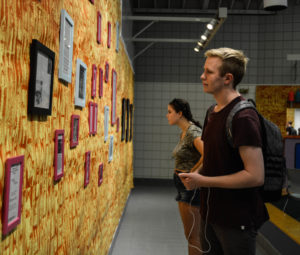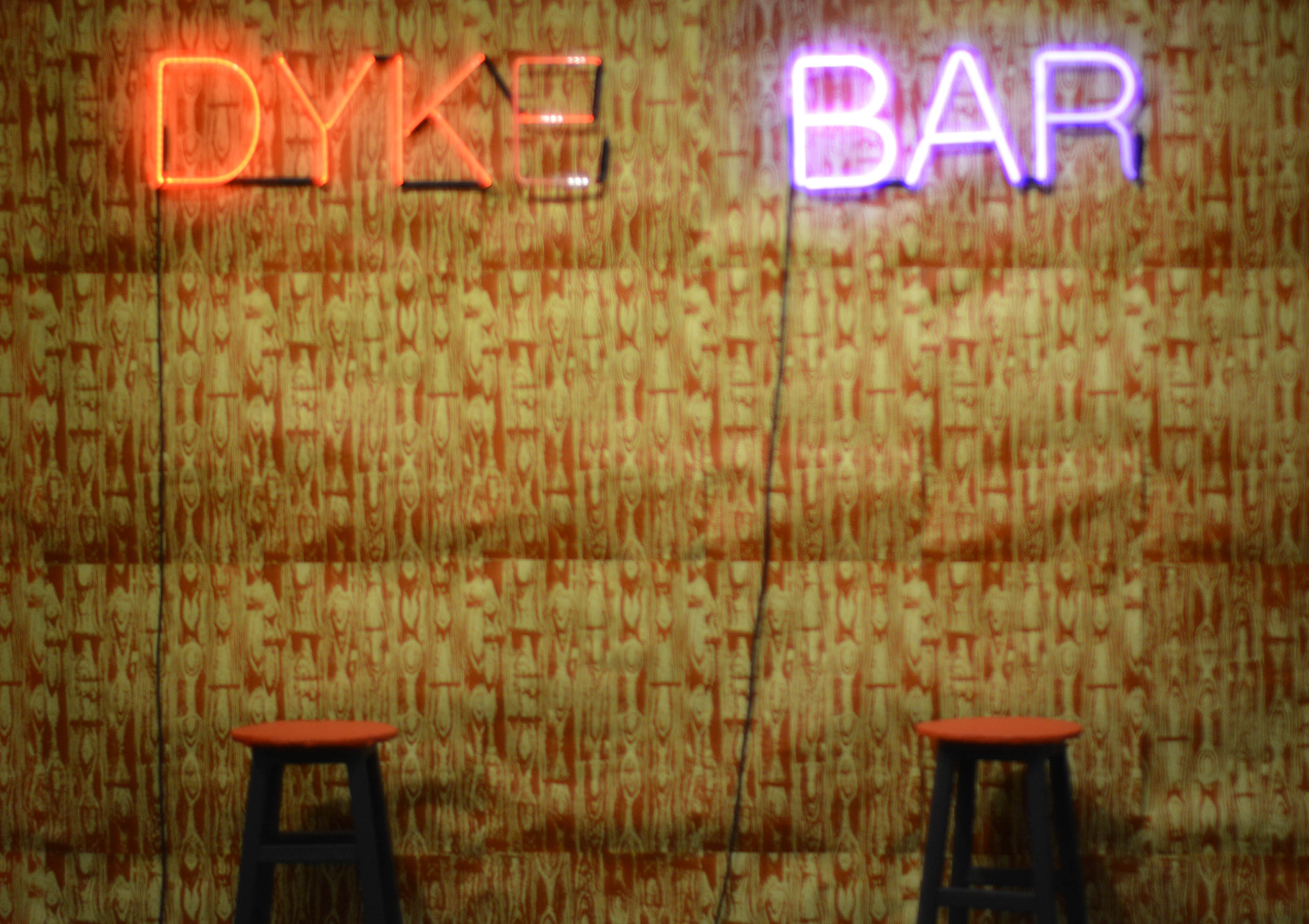By: Zoe Bernardi, Staff Writer
Dyke bars are dying. The closing of dyke and gay bars across the United States is rapidly picking up, and with that, the history and communities built around these particular bars are feeling the effects. Many people are probably thinking, how can this be? With such an importance on dyke bars, how are they dying? Two words: culture and economics.
Culturally more and more places are changing and becoming more accepting to the LGBTQ+ community and people within it. It is also more acceptable to go to any bar, not just a designated gay bar, as gentrification is increasing. Plus with the internet, connecting with people has never been easier to be a part of not only one community but many. In this day and age, it is just as easy to meet people in the comfort of your own home as it is to get ready and go to a bar.

According to slate.com, the economic aspect of why dyke bars are closing is due to the fact that women are making less than men. With less money being circulated through the female community in an area, going out to buy a drink or even for the owners to keep the lights on is becoming more and more difficult.
However, there are people who care about the history and importance of this issue, for example film director and professor of women and gender studies and sociology, Wendy Chapkis, and installation artist Macon Reed, who are independently trying to save and more importantly show the emphasis of why dyke bars are important.
Chapkis created a film titled Bar Stories that shows real people talking about real events about dyke bars. While Reed, an installation artist, created the art piece “Eulogy for the Dyke Bar,” which is currently being featured at the Woodbury Campus Center on the Portland campus.
Late September at the Portland Art Museum, Chapkis held an event that featured the film Bar Stories, which was made with local Maine filmmaker, Betsy Carsonand, as well as USM students Alanna Larrivee, Emma Wynne Hill and Johnna Ossie. The film was about local LGBTQ+ people and their personal interactions and thoughts on dyke bars and the community that they build.
One thing that Chapkis was trying to get across in the film was about the gay community of Portland and their personal stories about gay bars and the importance of keeping them around.
The film was a compilation of one person’s interviews and their bar stories, each person talked about either good, bad or first experiences with dyke or gay bars. It was one constant stream of people talking about the bars in Portland, New York and even California. People talked about the fun times with humorous stories or sad events that happened.
Bar Stories, although a simple film of multiple conversations based on one question, held much more substance and was educational, in that it was showing how strong the LGBTQ+ community is within Portland and Maine as a state. It showcased how without the dyke and gay bars, people might not be able to truly feel comfortable with themselves, even when it might be accepted in that certain town or bar.
Gay bars allowed many people to truly express their sexuality and be free and not have to worry about being different. Many people stated that they felt a part of something while at the bars.
Reed is currently working on creating artwork to show the importance and bring attention to the fact that dyke bars are closing.
Reed’s installation art work is of a bar surrounded by pink, green and blue bottles, a pool table, a jukebox and a 1970’s theme wood-paneled wall. Upon the walls there are many frames that have pictures from the inside of dyke bars, letters from owners to their customers explaining why they are closing, as well as letters from the customers and regulars of the bar expression their own person feelings.
Reed will also be hosting a reception and storytelling about the piece later this semester. As well as her own thoughts on dyke bars and why they are important to her. This event will be held on Thursday, Nov. 15, from 5 p.m. to 7 p.m.

